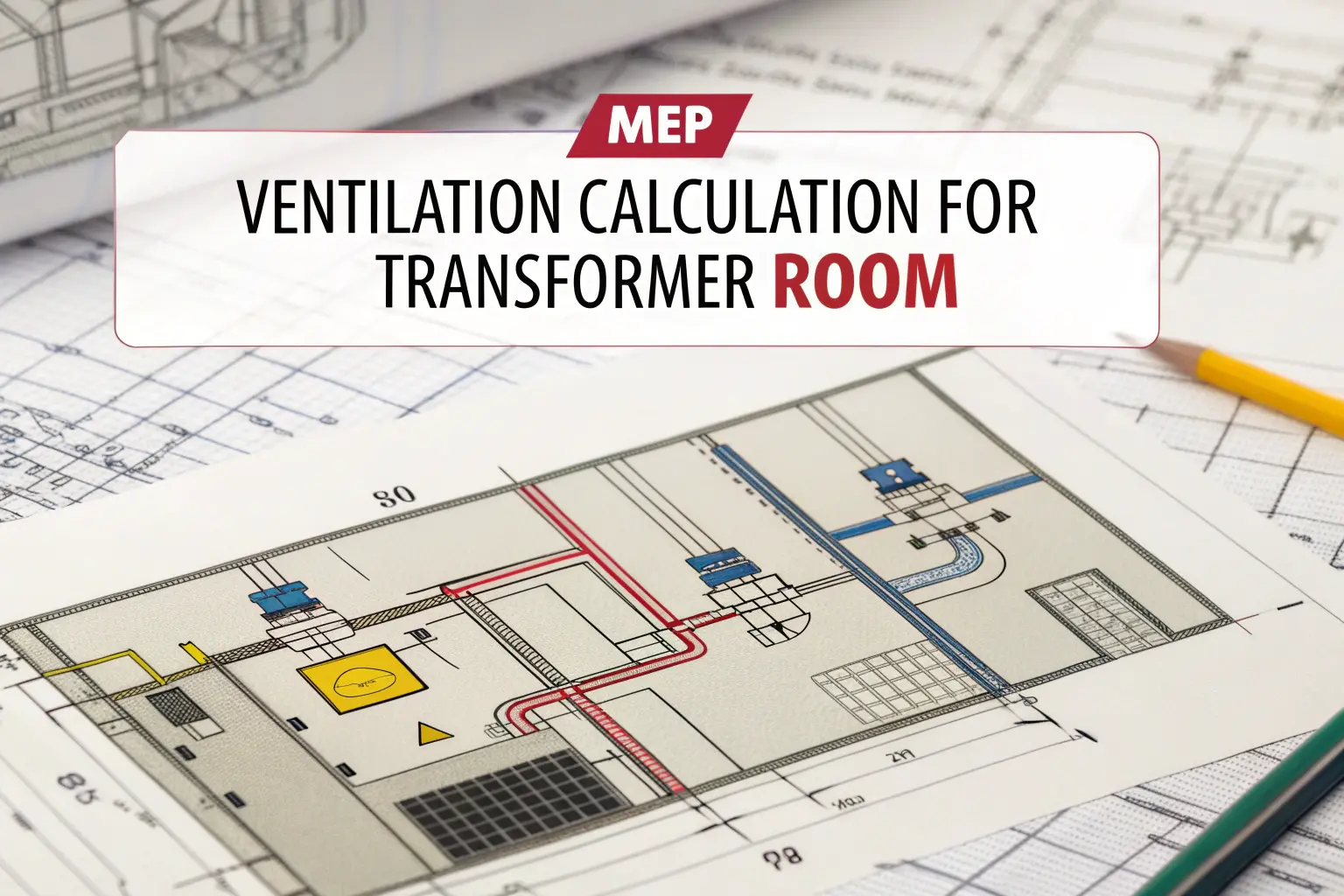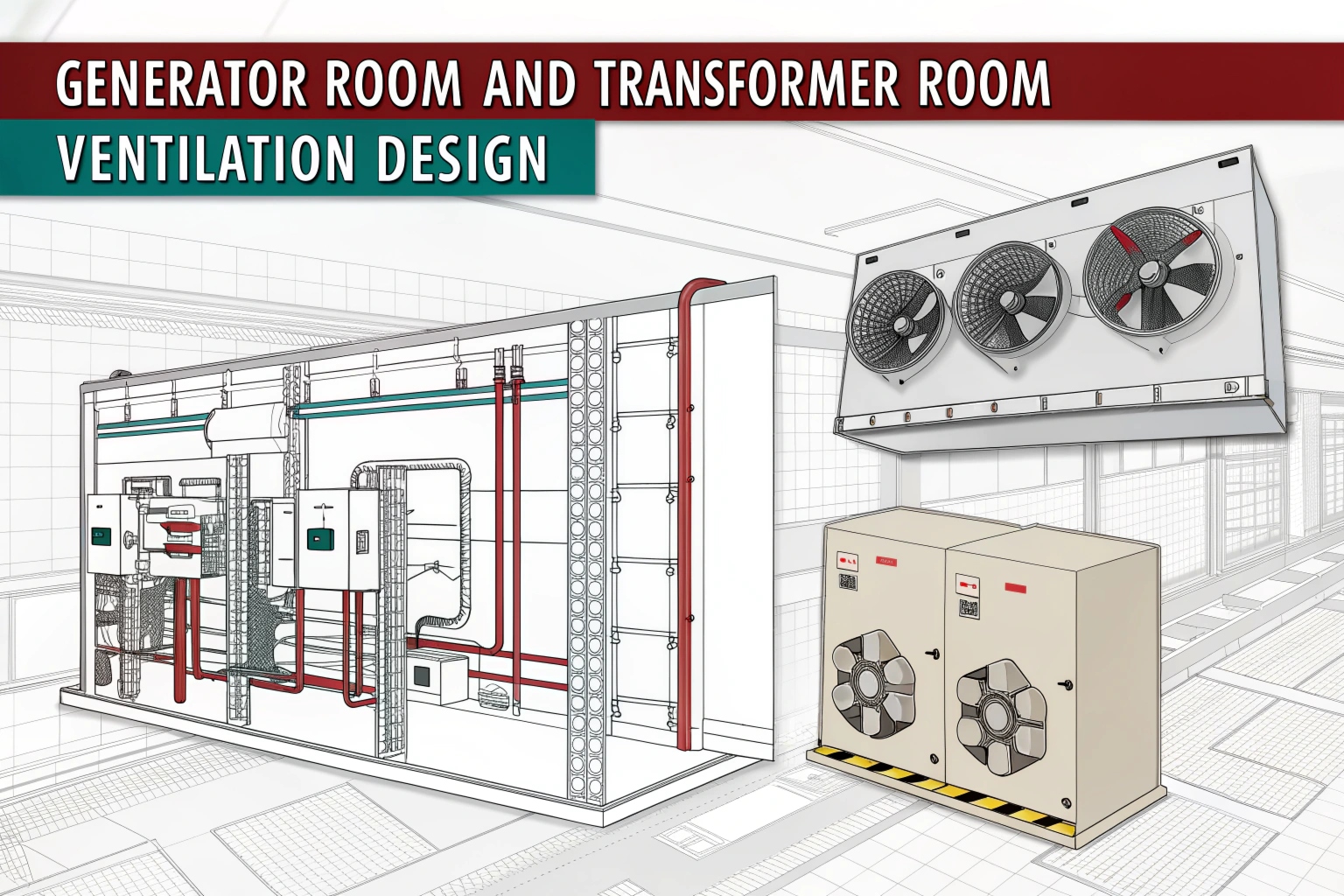Basic Electrical Engineering Explained: Electricity powers nearly everything around us—our homes, schools, phones, and even public transport. Yet, many people don’t know how it all works. That’s where electrical engineering comes in.
In this article, we’ll explain the basics of electrical engineering in plain language. You don’t need to be a tech expert to understand this. Let’s start from the beginning.
What Is Electrical Engineering?
Electrical engineering is the study and use of electricity, electronics, and magnetism. People in this field design, test, and build electrical systems and devices. For example, they work on power stations, lighting systems, and electronic gadgets.
You can think of electrical engineers as the people behind the scenes. They make sure electricity flows safely and works properly in our daily lives.
Key Concepts of Basic Electrical Engineering
Basic Electrical Engineering Explained: Let’s break down some key terms you’ll hear often.
1. Current (I)
Current is the flow of electric charge in a circuit. Imagine water flowing through a pipe—current works the same way. It is measured in amperes (A). The higher the current, the stronger the flow.
2. Voltage (V)
Voltage is the push that moves current through a wire. You can think of it like water pressure. It is measured in volts (V). Higher voltage means a stronger push.
3. Resistance (R)
Resistance is materials to slow down currant. they obtains resistance using multiple techniques one of the most common technique is measuring in ohms , some materials allows electricity to flow easily like low resistance , and some materials blocks it like high resistance.
4. Ohm’s Law
Ohm’s Law is a basic formula:
‖ V = I × R ‖
It means voltage equals current times resistance. This simple rule helps engineers understand how circuits behave.
5. Power (P)
Power tells us how fast electricity is used. It’s measured in watts (W). The formula is:
‖ P = V × I ‖
If a lightbulb uses 10 volts and 1 amp, it needs 10 watts of power.
DC vs. AC Current
There are two types of current:
- DC (Direct Current): Flows in one direction. Batteries use this.
- AC (Alternating Current): Changes direction many times per second. Homes and offices use this type of current.
While DC is simple, AC is better for long-distance power delivery.
Where Do We See Electrical Engineering?
You don’t need to look far. Electrical engineering is everywhere. For instance:
- Your phone charger converts power from AC to DC.
- Street lights use circuits and timers designed by engineers.
- Even electric cars run because of advanced electrical systems.
Clearly, our modern world would not work without this field.
Why Learn Basic Electrical Engineering?
Basic Electrical Engineering Explained: Learning basics is useful to fix small problems at home. they obtains knowledge using multiple ways one of the most common way is reading books , watching videos , and asking friends. they Use their knowledge to make things like robotics or home automation. this is very helpful all over the world and still its very useful.
furthermore if you want be engineer this is where you start many job they need you to know at least basics of electrical thing
FAQs
Q1: Is electrical engineering only for experts?
No, anyone can learn the basics. In fact, understanding how electricity works is useful in everyday life.
Q2: How long does it take to learn?
With just a few hours a week, you can understand the core ideas in one month.
Q3: Do I need expensive tools?
Not at all. A few wires, a battery, and a bulb are enough to begin your learning journey.
Q4: Is it safe to work with electricity?
Yes, if you follow safety rules. Always use low-voltage circuits when practicing.
Q5: Are there online resources?
Yes, many websites and YouTube channels offer free courses in basic electrical engineering.
To sum it up, basic electrical engineering helps you understand how the world around you works. Once you grasp the concepts of current, voltage, resistance, and power, things begin to make sense.
Keep in mind, everyone starts as a beginner. So don’t worry if it seems confusing at first. With practice and curiosity, you’ll start seeing the logic behind every switch and wire.













